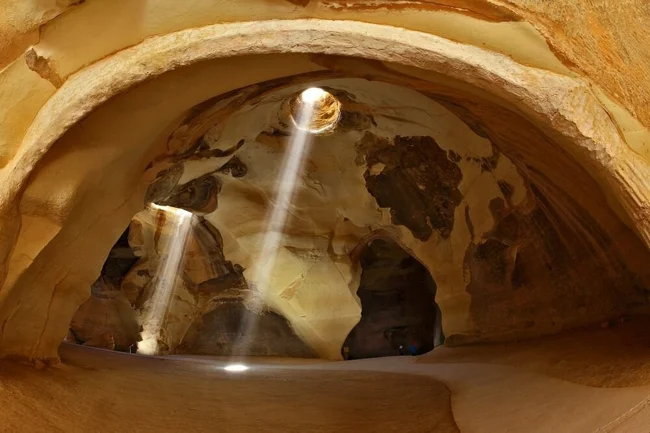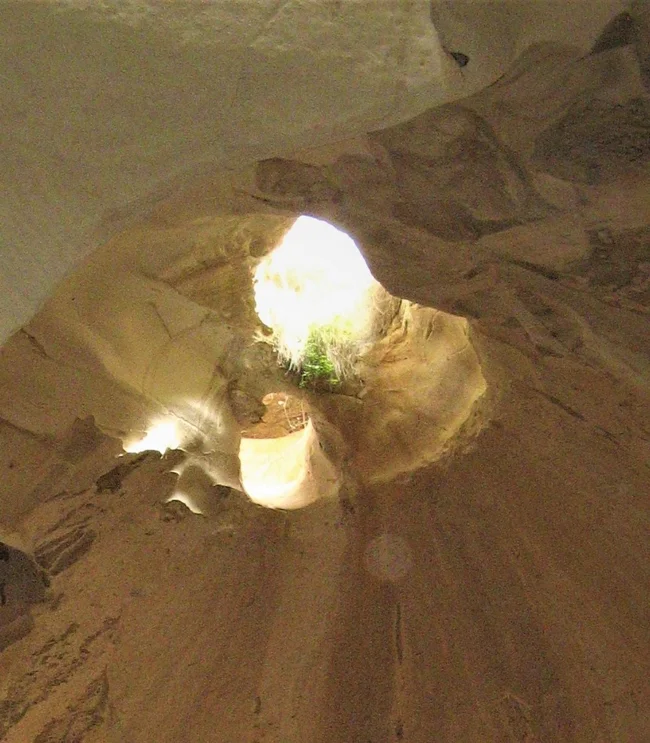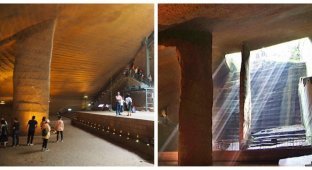Maresha - an underground city of a thousand caves (23 photos)
In the heart of Israel, at the foot of the Judean Mountains, lie the Shefela Hills. Their depths conceal a unique world born of the soft chalk. 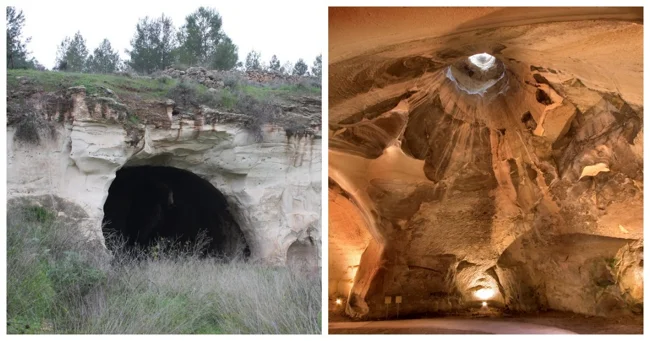
In ancient times, local residents transformed the underground space into a kind of Swiss cheese, creating a labyrinth of more than a thousand caves beneath the cities of Maresha and Beit Guvrin. These man-made grottoes, located at the crossroads of the routes to Mesopotamia and Egypt, served as water cisterns, oil presses, baths, dovecotes, stables, temples, shelters, and even burial complexes. Today, they have become the region's main attraction. 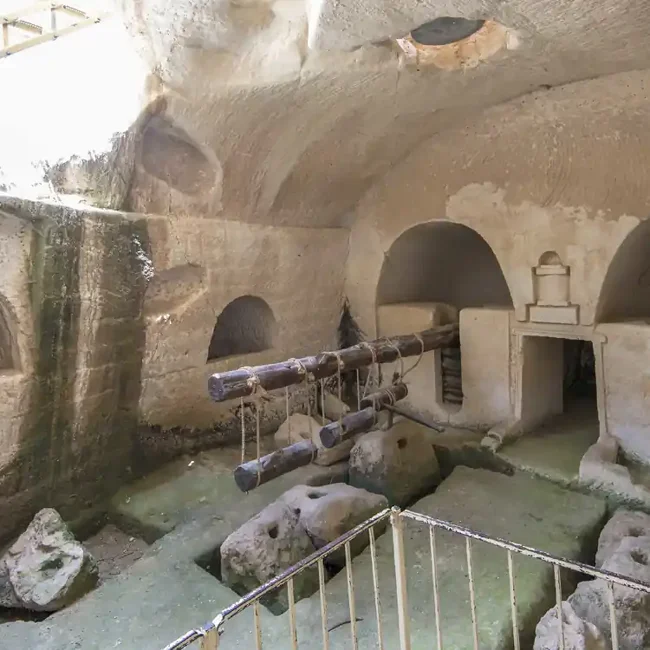
Oil Press
Maresha, mentioned in biblical times, later became known as Eleutheropolis. It is now part of Beit Guvrin National Park, where ancient oil presses, columbaria, and water cisterns can be seen. 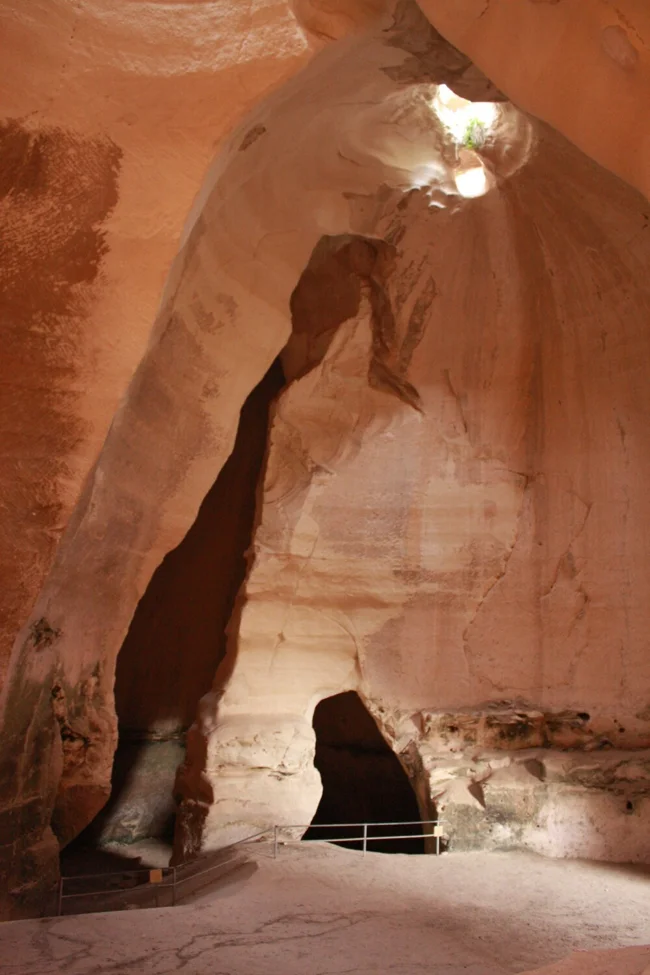
Among the most famous caves is the Polish Cave, whose walls are filled with niches for pigeons. It received its name after the visit of Polish soldiers in 1943, who left a memorial inscription on a stone column: "Warsaw, Poland" and an image of an eagle, the symbol of their army. No less impressive is the Columbarium, with its two thousand niches, a reminder of the scale of pigeon breeding in the Hellenistic period, when birds were used for food, sacrifices, and fertilizer. 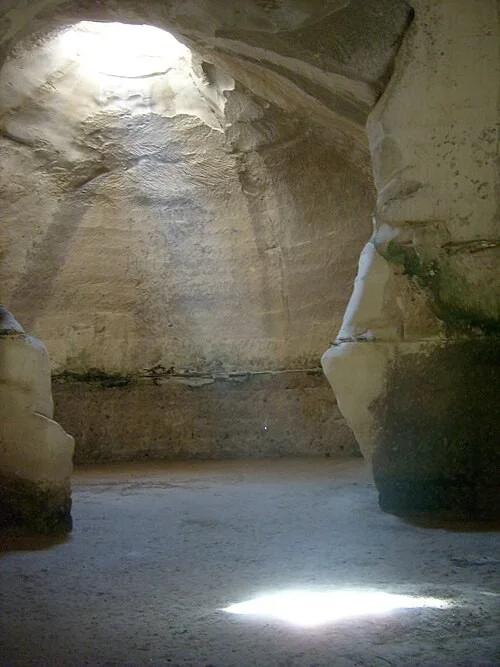
Bell Cave
Of particular interest is the Oil Press Cave, one of twenty-two similar underground workshops. Stone millstones and presses used in ancient times to press olive oil are still preserved here. In the residential cave, you can see a two-story structure with a system for collecting rainwater in underground cisterns. 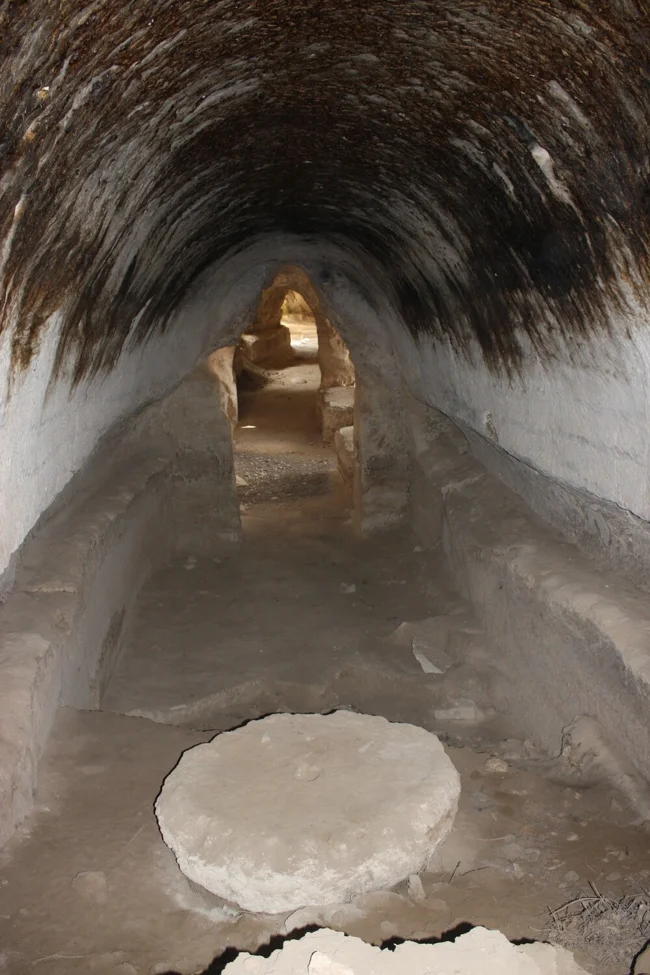
But the most famous landmark remains the Bell Caves, so named for their distinctive shape. These quarries, of which there are at least eight hundred, supplied coastal towns with building materials and are connected by underground tunnels. 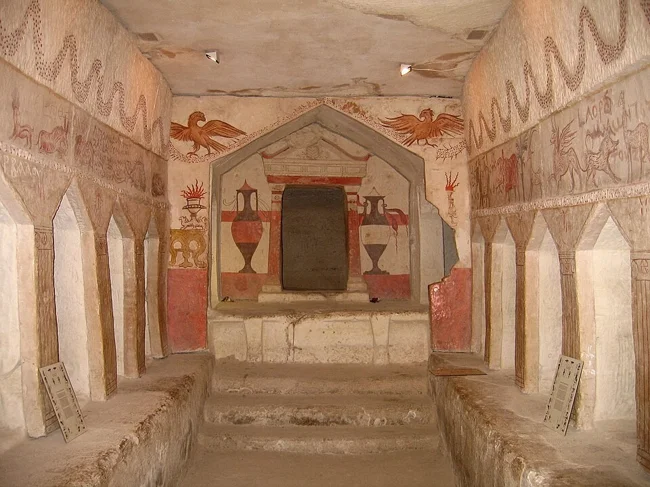
Burial Cave
Beyond the cave world, one can discover the ruins of the Byzantine Church of St. Anne, a Roman amphitheater with a capacity of 3,500 spectators, a Crusader fortress, and grandiose Roman baths covering 4,000 square meters. This entire archaeological site is rightfully included in the UNESCO World Heritage List. 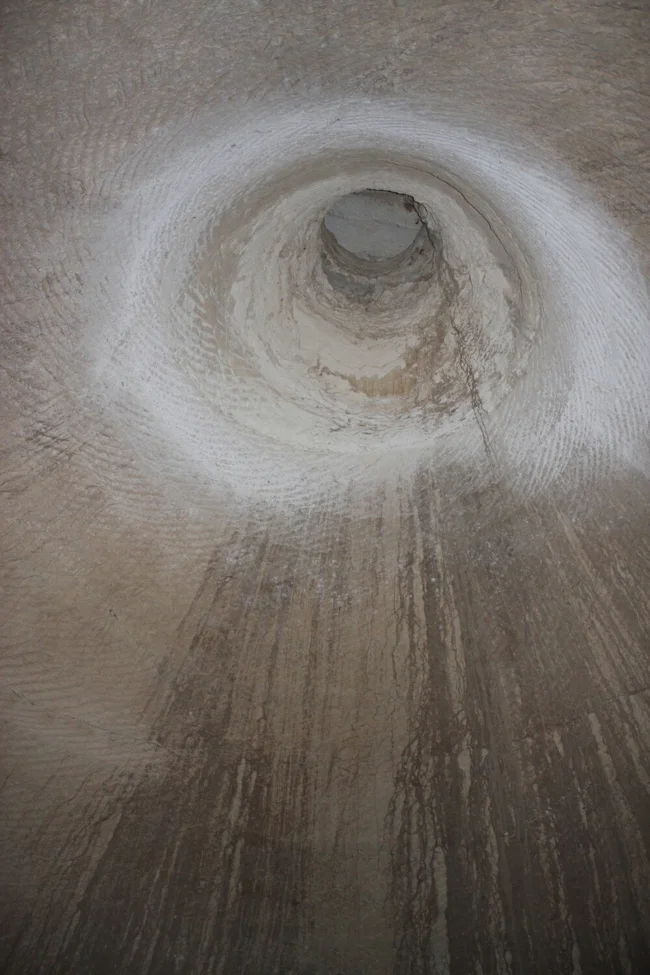
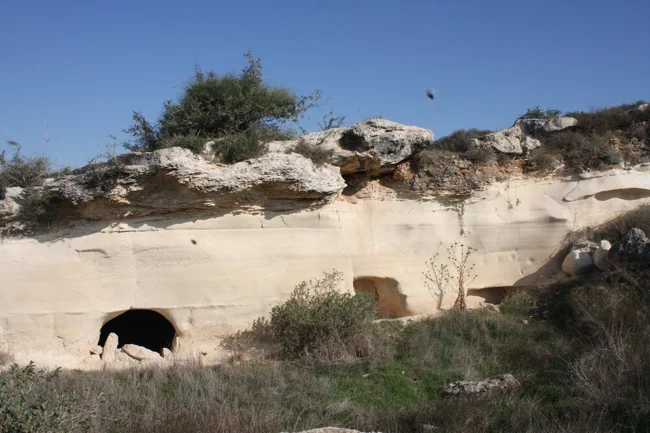
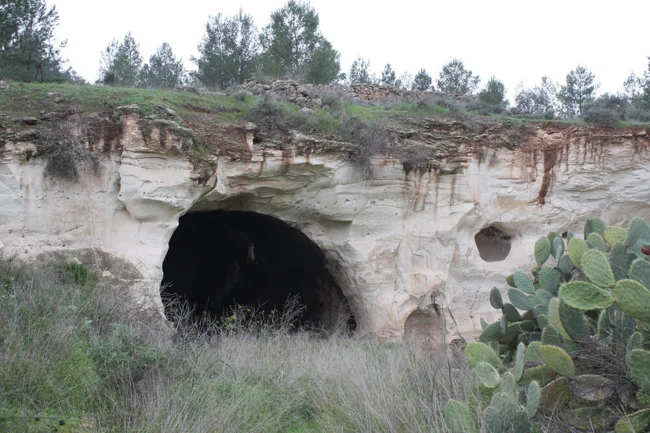


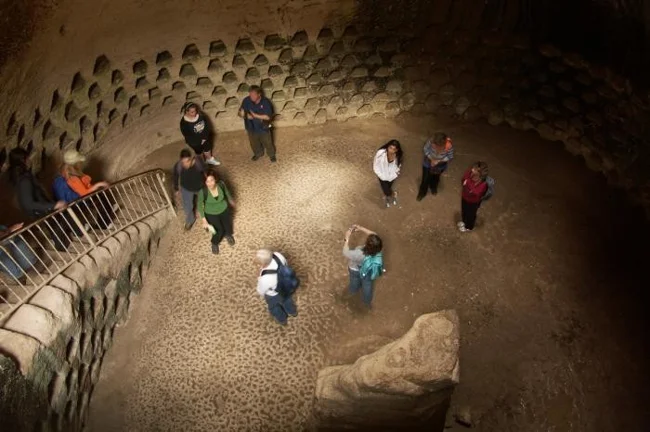
Polish cave with a columbarium (dovecote) ) 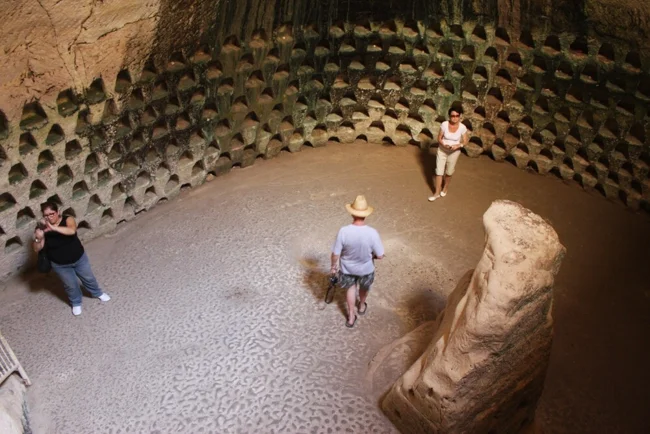
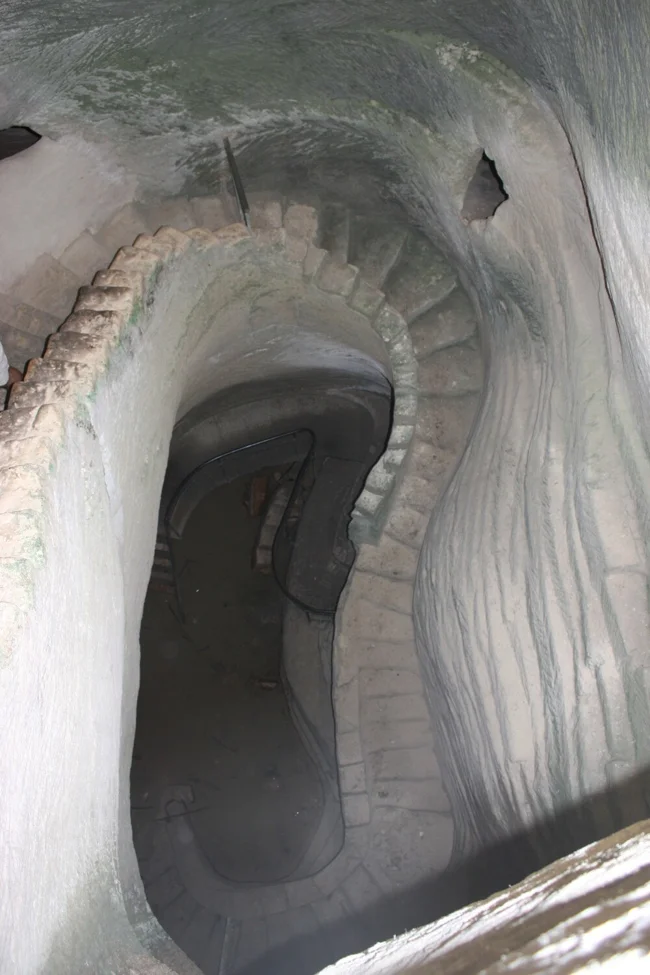

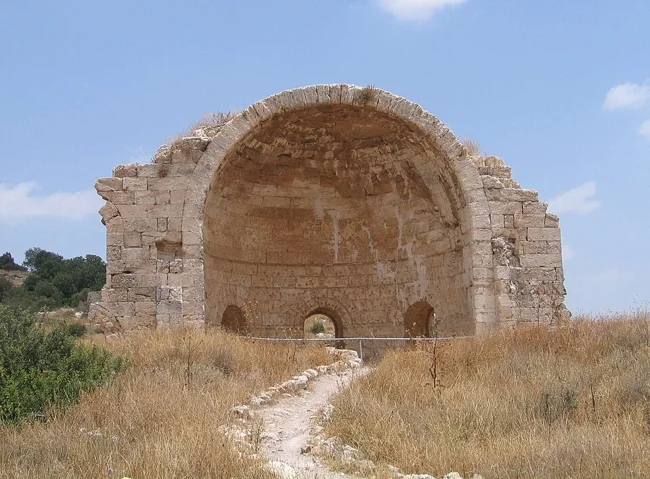
Ruins of the Church of St. Anna 
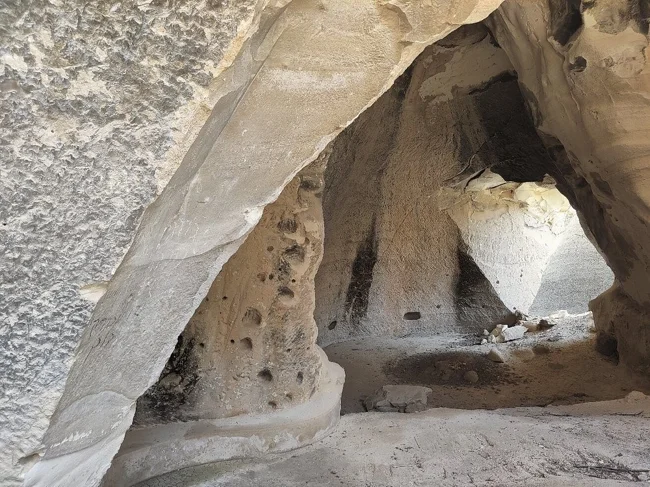

[thumb]https://cn22.nevsedoma.com.ua/p/29/2917/153_files/bb8a69 fa9b41d343ad46b3f61224345b.webp[/thumb] 